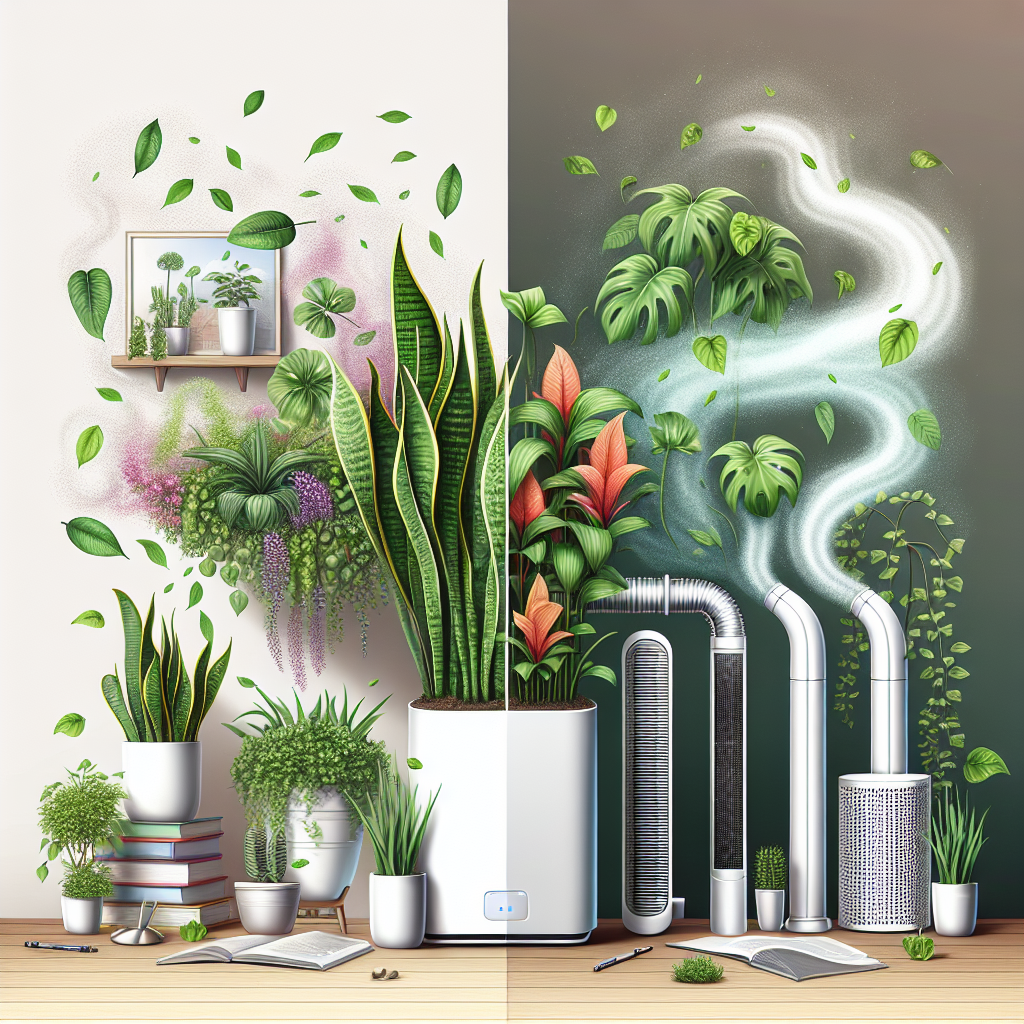In today’s world, understanding the quality of the air we breathe indoors is more critical than ever. With various pollutants clouding our indoor spaces, it’s essential to explore both natural and technological solutions for cleaner indoor air. This article will take you on a journey from the power of houseplants to the benefits of air purifiers, offering a comprehensive overview to help you create a healthier living environment.
The Importance of Indoor Air Quality
Indoor air quality (IAQ) refers to the air quality within and around buildings, particularly as it relates to the health and comfort of the occupants. Many of us underestimate the impact of poor IAQ on our well-being. Common symptoms of low air quality can include headaches, fatigue, allergies, and respiratory issues. The good news? There are both natural and technological remedies to combat these challenges.
Harnessing the Power of Houseplants
Natural Air Purifiers
Houseplants are not only aesthetically pleasing but also serve as natural air purifiers. Certain plants have been proven to filter harmful pollutants, making them an excellent addition to your indoor environment. Here are some top choices:
- Peace Lily: Known for its striking white flowers, the Peace Lily is effective at removing formaldehyde and ammonia from the air.
- Spider Plant: This low-maintenance plant removes carbon monoxide, xylene, and formaldehyde.
- Snake Plant: Also known as Mother-in-law’s Tongue, the Snake Plant converts CO2 into oxygen at night, providing fresher air while you sleep.
Benefits of Using Plants
Incorporating plants into your home or office decor has numerous benefits. They increase humidity levels, combat indoor odors, and may even boost your mood and productivity. Studies show that being around greenery can lower stress levels, creating a more tranquil atmosphere.
Technological Solutions: The Role of Air Purifiers
Understanding Air Purifiers
While plants play a significant role in improving air quality, technological advancements in air purifiers have also provided a reliable solution. Air purifiers are devices designed to filter out pollutants, allergens, and toxins from your indoor air. They come with various features and technologies that enhance their effectiveness. Here are some common types:
- HEPA Filters: High-Efficiency Particulate Air (HEPA) filters can trap 99.97% of particles that are 0.3 microns or larger, including dust, pollen, and pet dander.
- Activated Carbon Filters: These filters are exceptional at absorbing odors and harmful gases, such as volatile organic compounds (VOCs).
- UV Light Technology: Some air purifiers use ultraviolet light to eliminate bacteria and viruses, adding an extra layer of protection against airborne pathogens.
Selecting the Right Air Purifier
When choosing an air purifier, consider the size of the space, the types of pollutants you’re worried about, and your budget. Look for models that encompass multiple filtration technologies for comprehensive air cleaning. Additionally, keep an eye out for features like smart sensors, which can adapt to changing air quality conditions.
A Combined Approach for Optimal Results
The Perfect Balance
To achieve the best possible indoor air quality, consider a combined approach. Utilizing a combination of houseplants and high-quality air purifiers can maximize your efforts. While plants naturally clean the air, air purifiers can handle larger volumes of air and eliminate the most harmful particles.
Creating a Clean Indoor Environment
Incorporating both natural and technological solutions contributes to a balanced ecosystem within your home. To further enhance IAQ, maintain good ventilation, regularly clean surfaces, and limit indoor smoking and the use of harsh chemicals.
Conclusion: Crafting Your Clean Air Sanctuary
Taking control of your indoor air quality is an essential step toward a healthier lifestyle. By integrating houseplants into your home and investing in a quality air purifier, you can create a sanctuary of clean air. Remember that every small effort counts—whether it’s watering your plants or changing your air purifier’s filters.
Embrace the journey from plants to purifiers, and take proactive measures to breathe easier and live better. Cleaner indoor air isn’t just a luxury; it’s a necessity for our well-being.
By focusing on both nature and technology, we can create a living space that not only promotes health but also fosters peace of mind. So go ahead, nurture those green companions, and find that perfect air purifier—your lungs will thank you!


